Op-Ed: Is AI art all its cracked up to be?
‘Kermit painted by Munch’ AI generated art by SirJanosFroglez using DALL-E.
Art is the expression or application of human creative skill and imagination, creating products reflecting these well crafted and thought out concepts— so why are we trusting computers with such a task? “AI art” has been making its rounds on the internet, circulating in and out of artist networks due to the discussion on if it is able to replace artists from their current occupation. It gained popularity through the trend on Instagram, TikTok & Facebook of typing in certain keywords into an AI generator such as DALL-E and seeing what type of generated images you’d be able to get, thus creating art.
Artificial intelligence, also known as AI, is a field of science that encompasses several specialist areas, such as linguistics and computer sciences. It is aimed to develop software that can solve problems which can be simulated and automated. Threading the needle between the science of computers & art is not something that was just thought of, nor is it a far-fetched concept. People have been doing it for years by the integration of web design, graphic design, and even architecture. Yet no one has gone so far as to have tried to surpass the barrier of computer intellect and human intellect, something AI art attempts to do.
The loose, wildly disproportionate “artwork” produced by AI makes it known that a computer generated the image, following patterns and causing errors in dismorphing the proportions in an unintentional way. This however is to be expected, According to “How Far Can Artificial Intelligence Go? The 8 Limits of Machine Learning” AI was made with the intended purpose to perform well in cognitive and sensorimotor intelligence, better known as the two intelligence types that specialized in collection, processing, and dealings of data. AI generated images can as a result turn out sloppy and mangled, having disjointed, melted hands or off centered eyes, or off blurs. Even then, many debate whether AI generated art is art, from the discussion surrounding the winner of Colorado’s state fair art contest, to its incorporation into San Francisco art gallery— so what’s the issue with it?
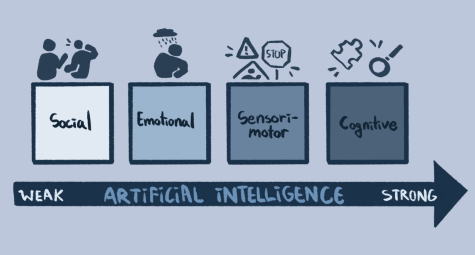
The premise of every AI program is based on already existing work found online, it ultimately becomes a phony, muddled hodgepodge of manually made genuine art. Rather than being interpreted as “original,” it might be more accurate to term each generated piece as a poser, trying to become as good as their legitimate predecessors but only scraping by as shells of ideas and lacking any true identity. This is especially bad not only to the integrity of art, but the immediate pragmatics of artist livelihood. With plagiarism being poison, the capabilities of AI generators are really just hyper-complex copying in of itself, but also provide the easiest possible circumstances for anyone to try to replicate work. For instance, we could easily decide that it would be super profitable for us to create a modernized portrait of a woman who looks shockingly like the Mona Lisa to sell as NFTs, exploiting the original artist’s curation of the piece’s concept, every artistic element like the silhouette and facial features and the built up reputation the famous work has made for itself. With art pieces typically tied to a title or creator, it becomes exceedingly easy to type in generator stems such as “Create an image of abstract Monet gardens” and the program will spit out a warped rendition of an original in a matter of seconds.
In fact, many popular AI generators already acknowledge that there are many cases of plagiarism within the programming such as Hotpot.ai where the commonly asked questions section lists “Why does the AI sometimes plagiarize?” and is addressed by a flippant response starting with, “This is something we’re fixing.” According to “Plagiarism in Art Cases and How to Avoid It” art theft, a form of plagiarism, is defined as “the provable stealing and publishing of someone else’s work as your own without consent from the original artist.” AI Art is also not just taking inspiration, as inspiration is the driving force for a creative to make their own unique content. In the article, “Inspiration Vs. Plagiarism – How to Get Ideas Without Stealing” the third step outlined, in which a creative should cite ideas they may have borrowed from, is something that AI generators like Hotpot.ai has not done. It cannot be brushed off as just something they are fixing when it is harming artists by using art without citation to generate warped versions of them. Instead it should be treated as exactly what it is: plagiarism. And no matter how pretty it may look, plagiarism is not art.
Beyond the implications to originality and artist IP (intellectual properties), there is the obvious dilemma of the removal of all skill in the process of creating AI art. There is no longer any variation of medium, no possibility of “practice,” distinction of skill, decision making in structure or composition, and above all, no exertion of time or effort. It becomes impossible to evaluate or appreciate the skill an artist might have or feel respect towards their practices as something they labored over to refine their piece to the best it can be. The notion that generating the correct or best word stems to input requires creativity and time is entirely nonsensical, and frankly speaking, is something anyone could absentmindedly do while giving their dog a bath or playing Google games. However, the concern in this is that even with the clear impossibility to actually evaluate skill, AI generated work is beginning to beat out traditional artworks.
The New York Times has taken note of this as well as they covered the unconventional winning of Jason M. Allen who submitted an entirely AI generated image to the Colorado State Fair’s annual art competition. In his time creating the final submission, Allen generated hundreds of images using a variety of linguistics, which at a surface level seems to showcase some form of effort, but realistically, with each image being completed in seconds and even accounting for time it took to think of words, it is unlikely that more than an accumulated three hours of time could’ve been invested. Anyone capable of utilizing basic vocabulary or googling synonyms could have input the same stems Allen did, highlighting the incredibly low criteria for AI programs that isn’t seen with basically any customary art form.

Instead of classifying these AI creations as expressions of art in itself, it would be more fitting to think of it as a platform of inspiration or drafts, like doodling. The potential of this technology can’t realistically be ignored and it is true that there are a number of benefits it may present to artists whose main art media is in the digital realm, such as exploring new techniques and styles or enhancing the artistic process. This has even been done before in a bitforms San Francisco gallery exhibit called “Artificial Imagination”, where she created a digital collage using AI generated imagery. It would be an efficient means of generating tedious or broad concepts like backgrounds or repetition of objects, showing how the work of a computer can serve as a tool for human artists to generate new ideas and perspectives, but it should not be regarded as a replacement for the entirety of an individual work of art.

This all ties back to how AI is lacking a basic essential in art not only in definition but in practice: the human touch. AI is capable of incredible technological advancements that have been life altering to human society, however it is also unable to break out of its computer mold. to How Far Can Artificial Intelligence Go? The 8 Limits of Machine Learning, “As a social structure, humans are unchallenged” which is a wonderful way of illustrating the incomparable nature of AI and human intellect. AI is lacking in social competence compared to humans, as it struggles with understanding the expressions in social interactions and norms. Art is fundamentally rooted in emotion and creativity, two things integral and related to the social aspects of human life. If someone were to create a piece that depicts their culture, the way they would express themselves through their art will be completely different from someone of a similar background. Each artist has their story to tell, and they have a way of creating something awe inspiring and memorable.
The timeliness of art is also something that would be difficult for the AI to track. It cannot keep up with how artists express themselves in the next few years conceptually, such as if we have our own second wave of dadaism (an art movement formed during the First World War which was satirical and nonsensical in nature), nor can it assume the style of an individual who is combining so many different pathways within our own social labels and norms. It’s unable to perform these tasks due to low social intelligence, defined to develop from experience with people and learning from success and failures in social settings, and low emotional intelligence, defined as the ability to identify and manage your own emotions and the emotions of others. A human is able to paint a self portrait mirroring their hardships of feeling as if they are in two different worlds due to being from two different cultures—AI cannot.
Where we go from here is quite clear: we need to get rid of the reliance and acceptance of AI art as any competent artform. It’s tendency to plagiarize from artists to create images that take no effort nor skill really shows the problem of comparing it to the works of any artist who’s taken a simple life studies course, let alone a professional artist in the industry. We should not indulge in and allow for the plagiarism and disrespect AI “art” has given the art industry, stopping your support of AI art and going in a direction of supporting smaller artists will help give way to the creativity and beautiful work you want for the price you seek.
In the end, some and arguably most jobs are incapable of being replicated by AI, as they are too grounded in human emotion and social systems. We can’t make AI create art when it lacks the bare essential of creating it. The lack of any human emotion or social capabilities that AI is enough to express how it is not even an art form, as the most fundamental part of art isn’t even present. If we continue to perpetuate the idea that AI can take over our jobs, then human interaction and being human will be redefined in such a way that will drain the color of any color it has left.
Your donation will support the student journalists of Carnegie Vanguard High School. Your contribution will allow us to cover our annual website hosting costs and fund field trips, competition fees, and equipment. We appreciate your support!
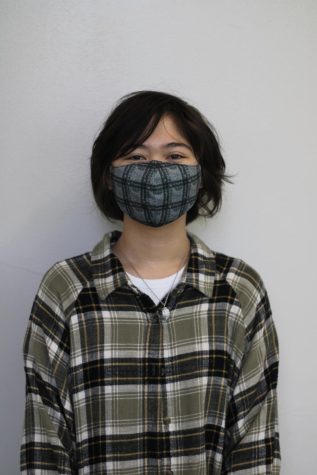
Rinn is a senior at Carnegie who is originally from Japan and loves to thrift. He likes to express himself through clothes and jewelry he finds thrifting,...

Cindy Cui is a senior at CVHS. In her free time, she enjoys cooking for her friends and family. On the weekends, she also enjoys playing tennis at night...

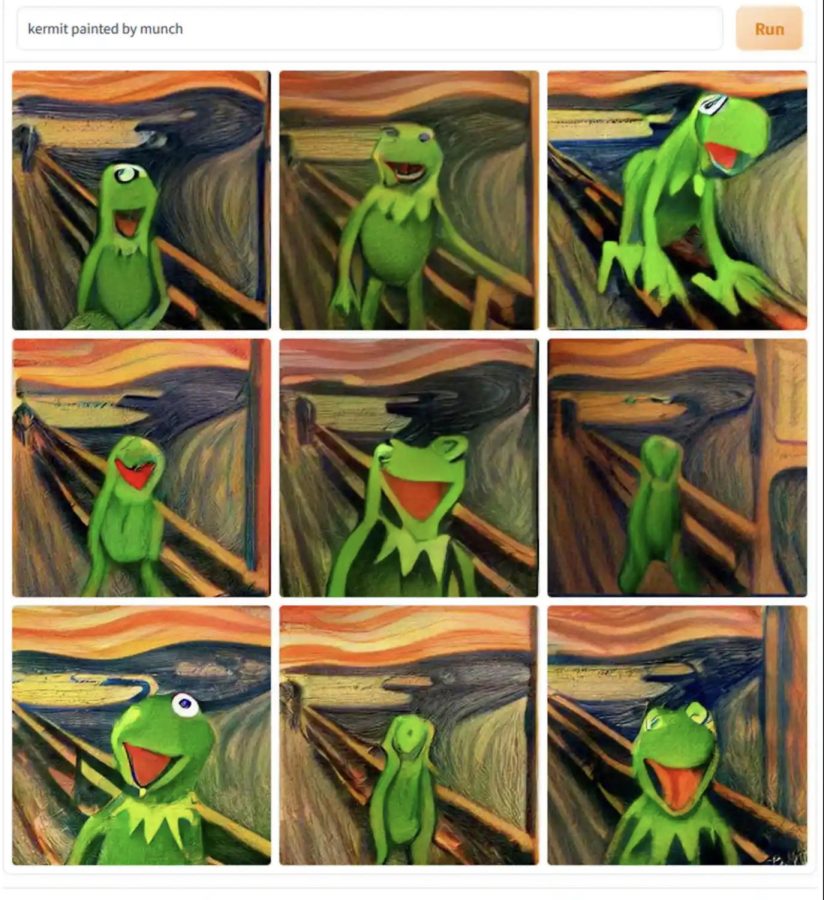
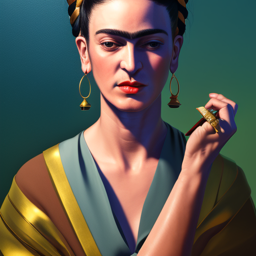
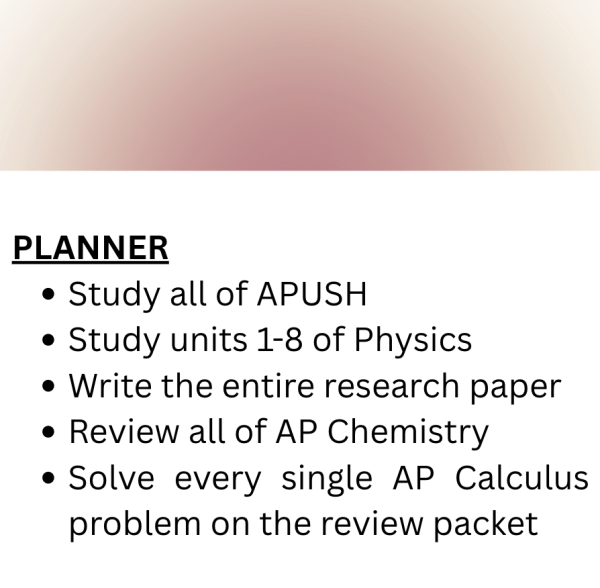
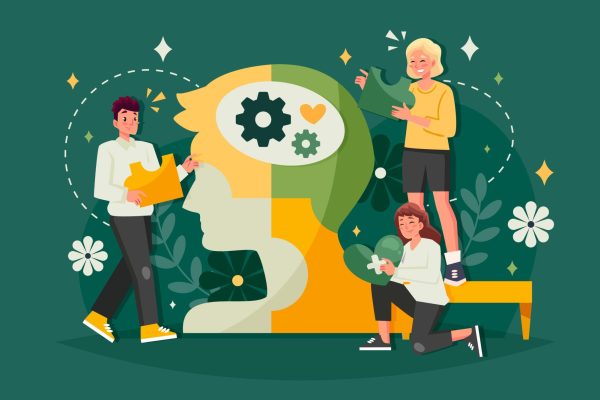

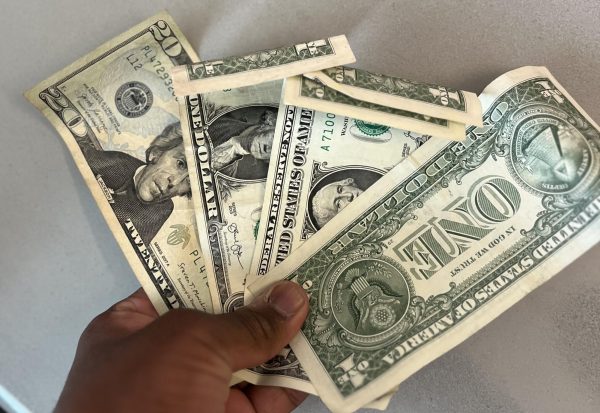
Judith C • Jan 27, 2023 at 2:22 pm
This was an amazing article, great job. Also, I 100% agree with this.
Bao Ngyuen • Jan 27, 2023 at 10:16 am
A clearly researched article + I love how your voices are so clear in it too!!! Great job :)))